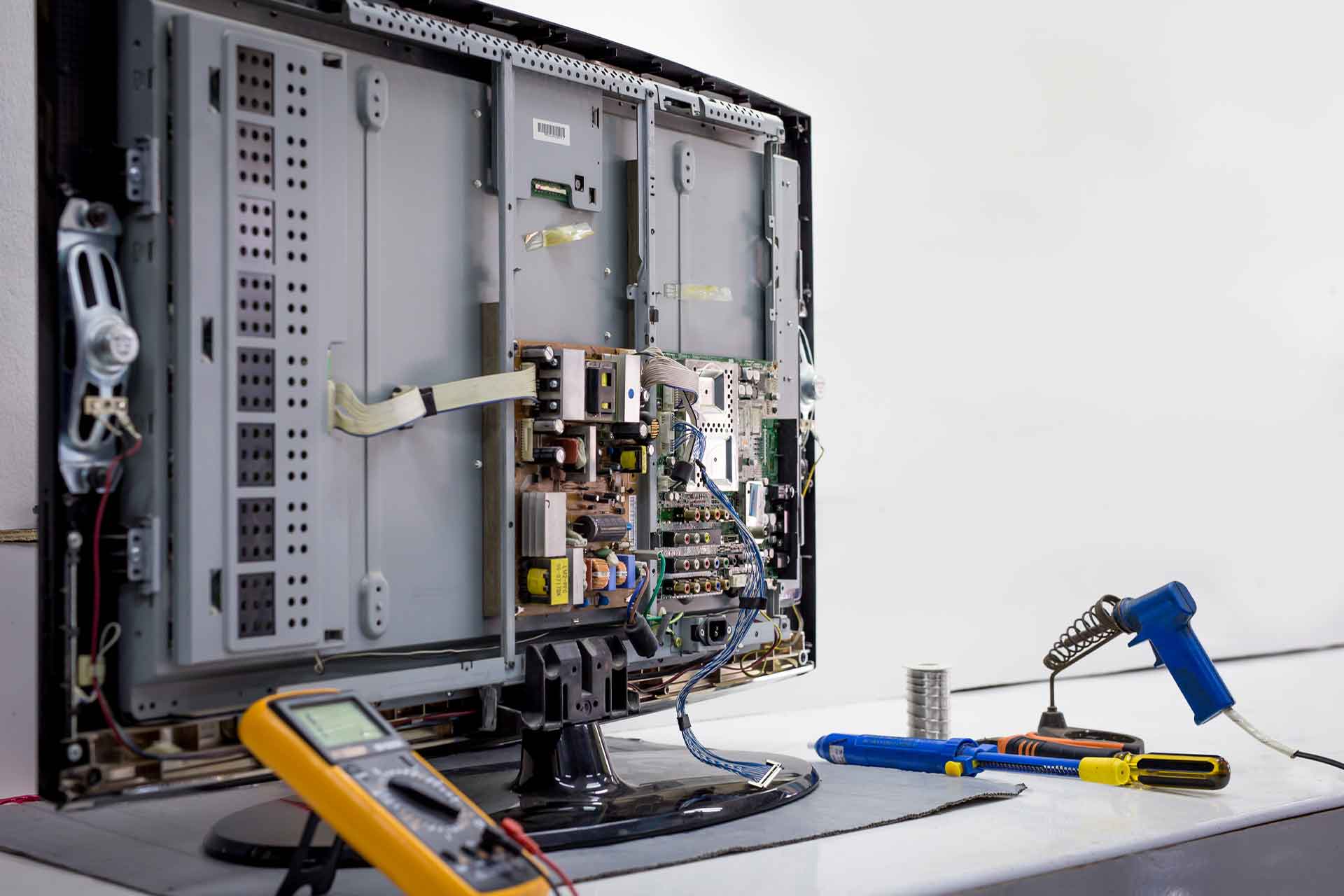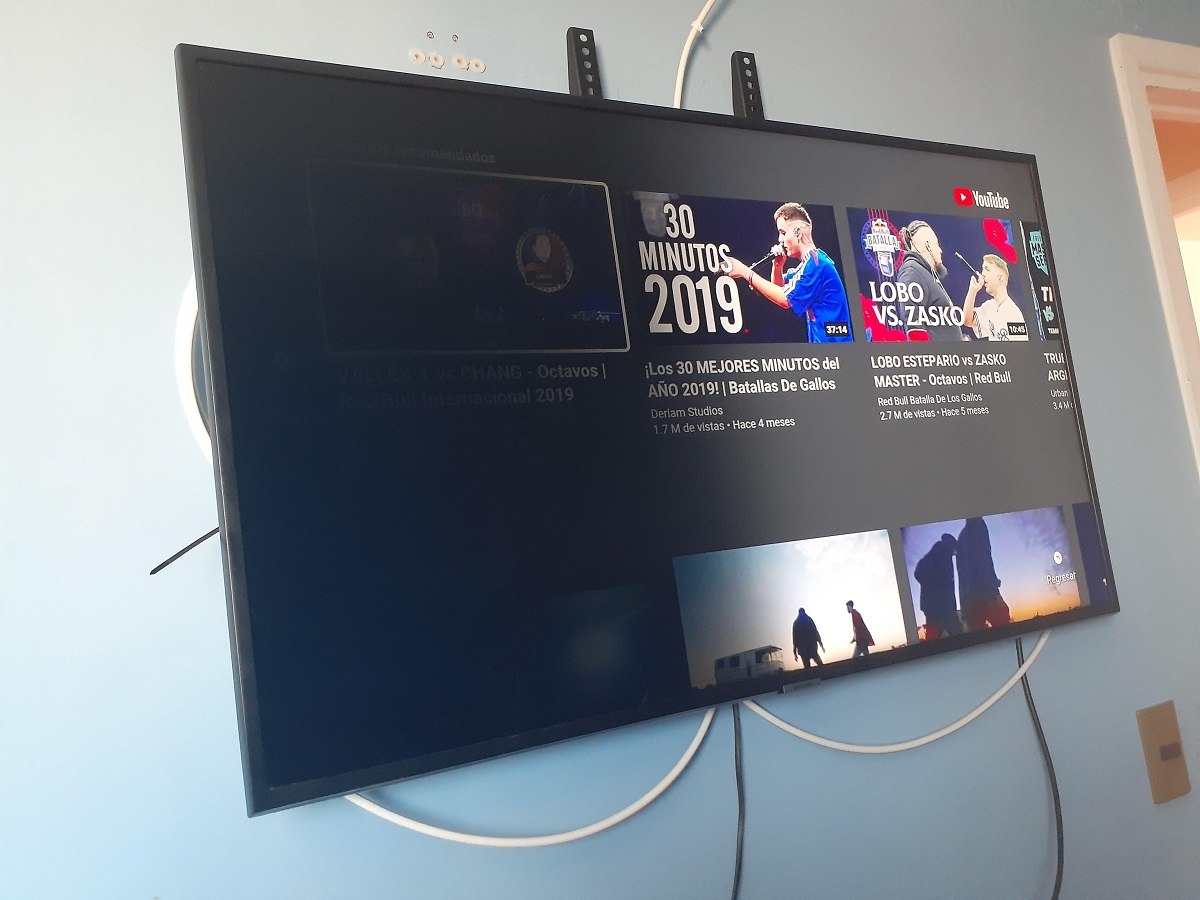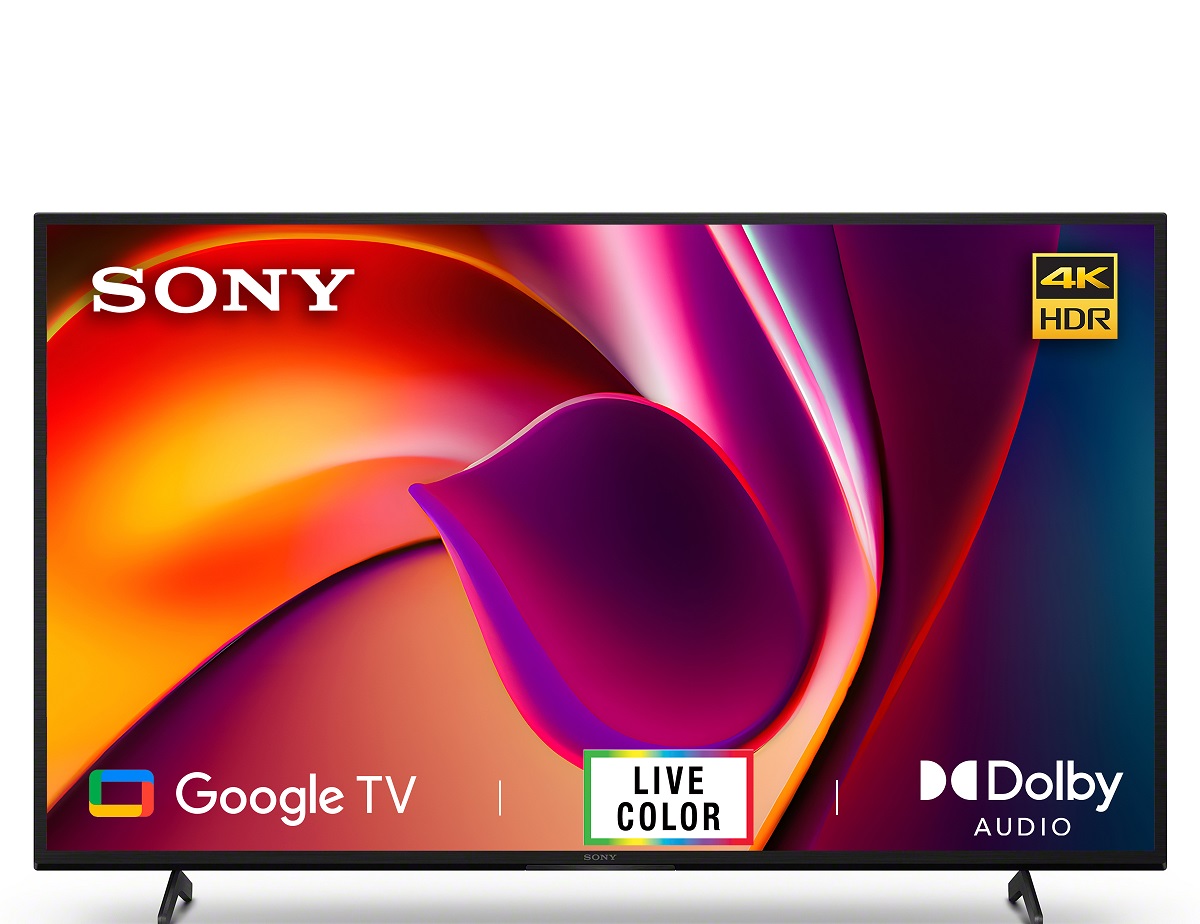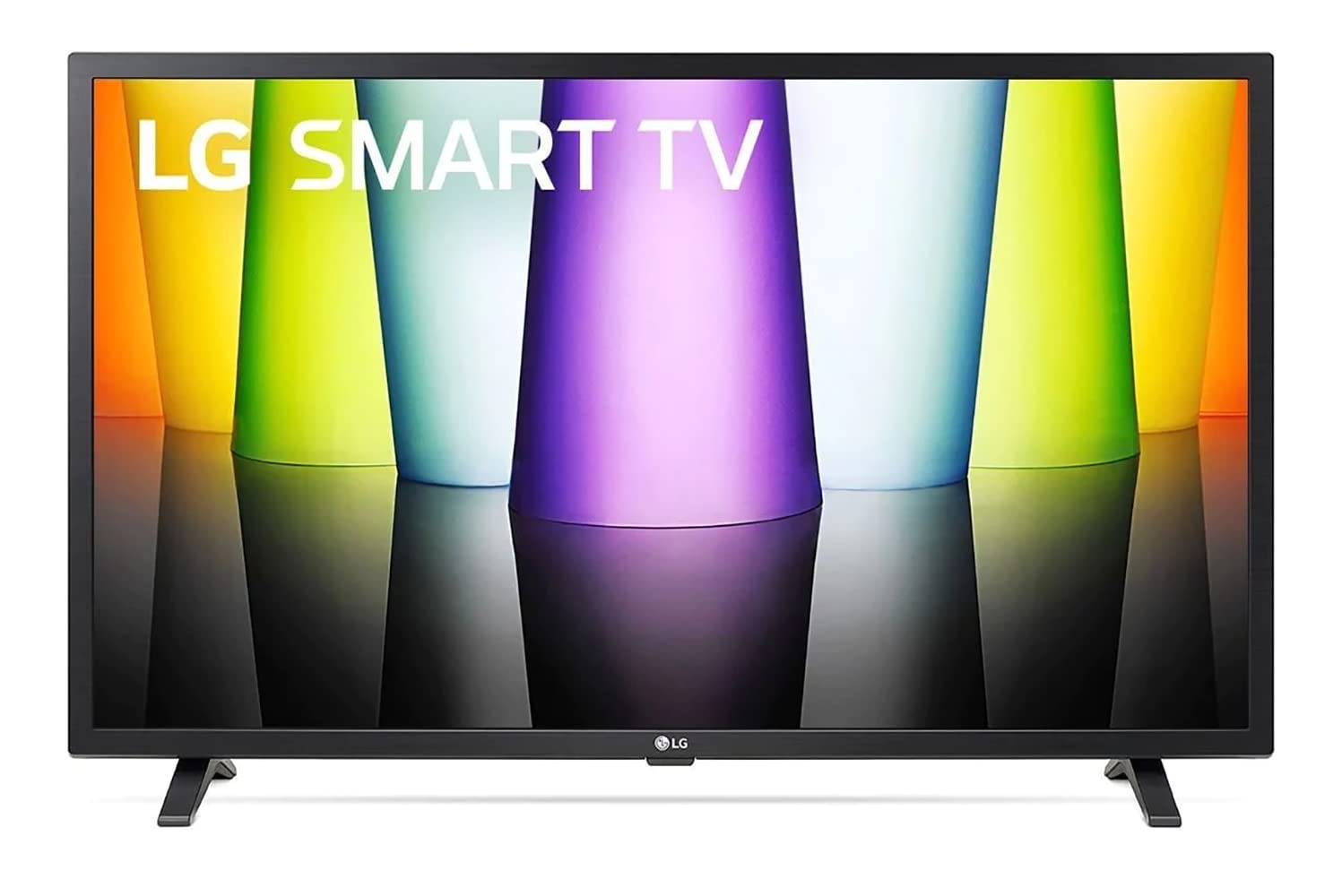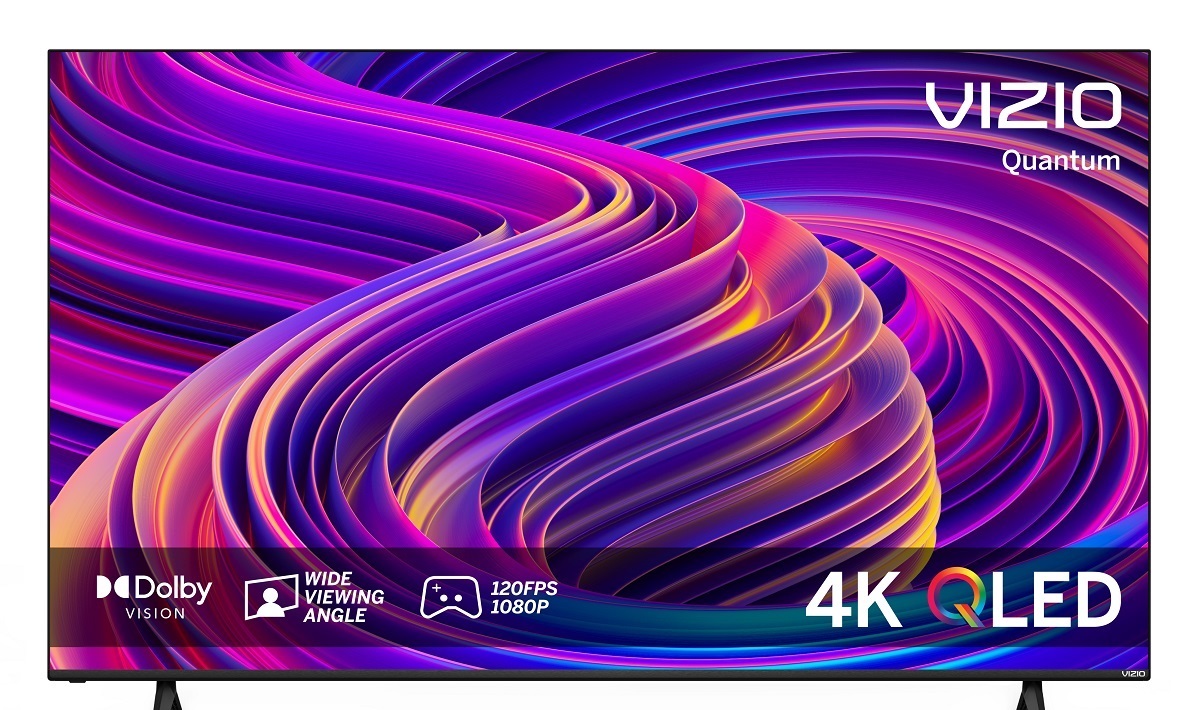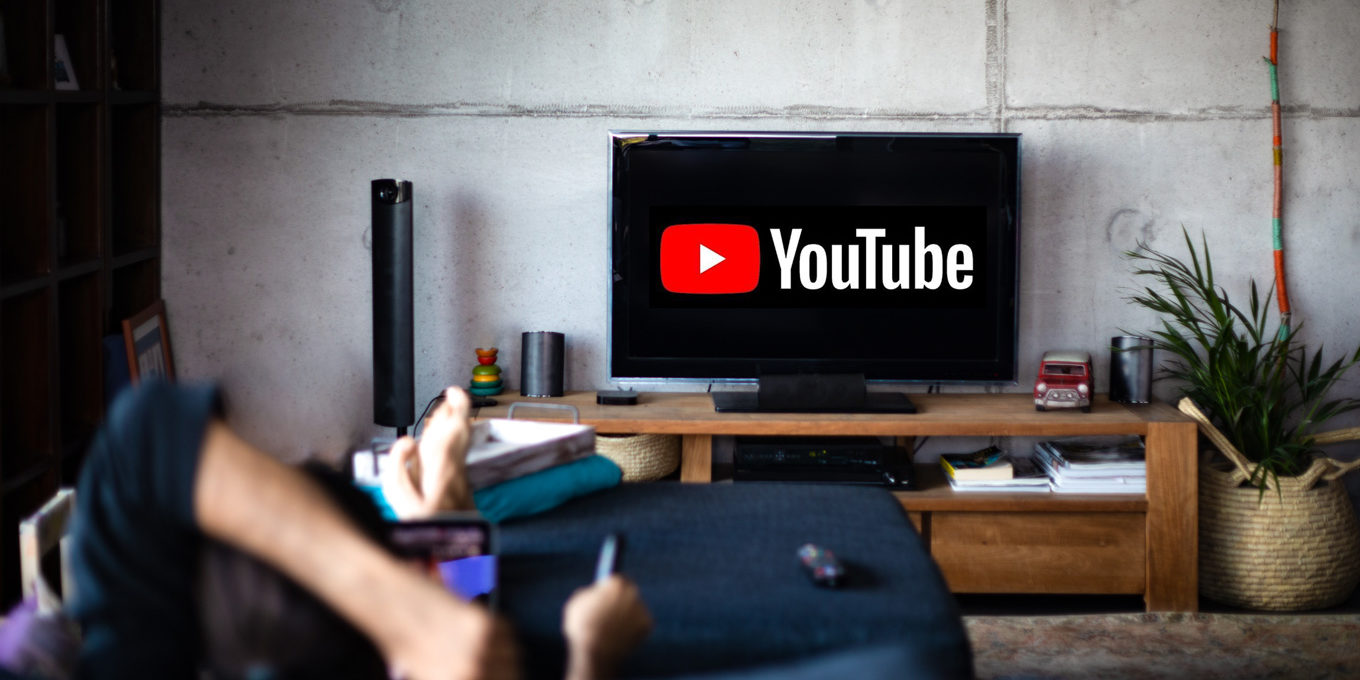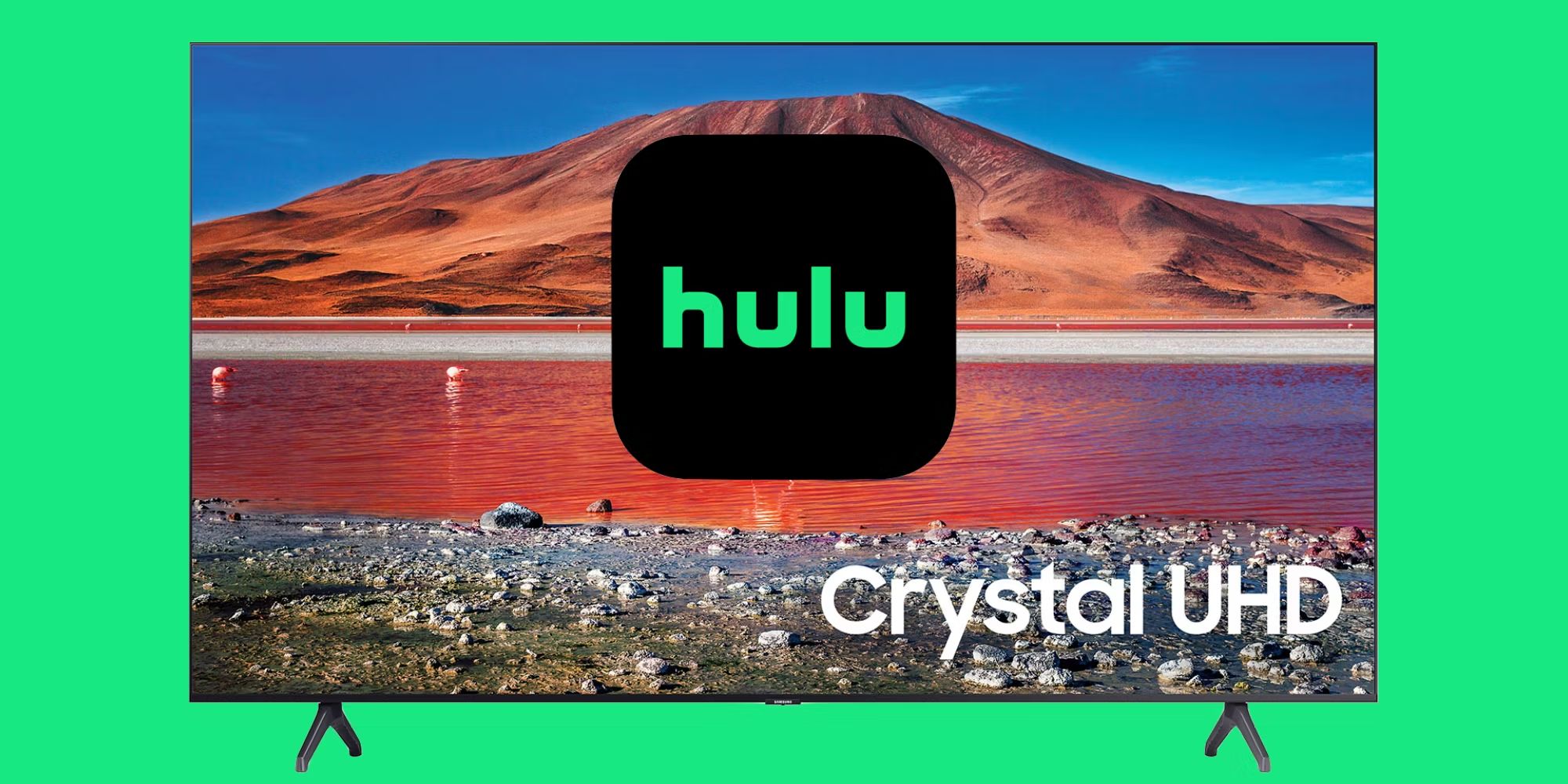Introduction
Smart TVs have revolutionized the way we consume entertainment, offering a wealth of streaming options, internet connectivity, and interactive features. However, just like any electronic device, a smart TV can encounter issues that affect its functionality. One common problem many users face is a faulty or distorted screen.
A flickering, blank, or discolored screen can be frustrating, but the good news is that there are several steps you can take to fix the issue and get your smart TV back up and running. In this article, we will guide you through the troubleshooting process and help you restore your screen to its optimal performance.
Before we delve into the solutions, it’s important to note that if your smart TV screen is physically damaged or cracked, these methods may not be applicable. In such cases, it’s best to consult a professional technician for repair or replacement.
Now that we’ve covered the basics, let’s move on to the steps you can take to fix your smart TV screen.
Check the cables
When encountering screen issues on your smart TV, it’s essential to start with the simplest troubleshooting step: checking the cables. Sometimes, a loose or damaged cable connection can cause screen problems. Here’s what you should do:
- Inspect the HDMI or AV cables that connect your smart TV to external devices, such as cable boxes or gaming consoles. Ensure that the cables are securely plugged in on both ends.
- If you have multiple HDMI ports on your TV, try switching the cable to a different port to see if the issue persists. This can help determine if the problem lies with the cable or the port itself.
- If your smart TV is connected wirelessly, check the Wi-Fi signal strength and ensure that your TV is within range of the Wi-Fi router.
- Consider replacing the cables if they appear frayed, damaged, or worn out. Faulty cables can lead to signal loss, resulting in a poor quality or no display.
After checking the cables, restart your smart TV and see if the screen issue has been resolved. If not, proceed to the next troubleshooting step.
Restart the TV
Restarting your smart TV is a simple yet effective troubleshooting step that can often resolve screen issues. Here’s how you can do it:
- Turn off your smart TV by pressing the power button on the remote control or the TV itself.
- Unplug the TV from the power source and wait for at least 1 minute.
- While the TV is unplugged, press and hold the power button on the TV for 10-15 seconds to discharge any residual electricity.
- Plug the TV back into the power source and turn it on.
After the TV restarts, check if the screen issue has been resolved. Sometimes, a simple power cycle can fix temporary glitches or software bugs that may be causing the problem.
If the screen problem persists, move on to the next step for further troubleshooting.
Adjust the picture settings
Sometimes, incorrect picture settings on your smart TV can result in a distorted or unsatisfactory display. Adjusting the picture settings can help improve the screen quality. Here’s what you need to do:
- Access the settings menu on your smart TV. The location of this menu may vary depending on the TV brand and model.
- Look for the “Picture” or “Display” settings option. Within this menu, you’ll find various picture adjustment options.
- Start by adjusting the brightness and contrast levels. Find a balance that provides optimal clarity without causing strain on your eyes.
- Next, adjust the color settings. Play around with the saturation, tint, and color temperature options to achieve natural and vibrant colors.
- Consider disabling any image enhancement features, such as motion smoothing or noise reduction, as these can sometimes interfere with the screen quality.
- If your TV has advanced picture settings, explore options like backlight control, gamma correction, or color space settings to fine-tune the display.
Once you’ve made the necessary adjustments, save the settings and observe if the screen issue has improved. It’s a good idea to compare the picture quality with different content, such as movies, TV shows, or gaming, to ensure that the changes have a positive impact.
If adjusting the picture settings doesn’t resolve the problem, proceed to the next troubleshooting step.
Update the software/firmware
Outdated software or firmware on your smart TV can sometimes lead to screen issues. Manufacturers regularly release updates to improve performance, fix bugs, and address compatibility issues. Here’s how you can update the software or firmware on your smart TV:
- Access the settings menu on your smart TV. The exact location of this menu will depend on your TV’s brand and model.
- Find the “Software Update” or “System Update” option. It may be located under the “General” or “About” section.
- Select the “Check for Updates” or similar option to search for any available updates.
- If an update is available, follow the on-screen prompts to download and install it. Make sure that your TV remains connected to the internet during the update process.
- Once the update is complete, restart your smart TV to apply the changes.
Updating the software or firmware can help resolve screen issues caused by software bugs or compatibility problems. After performing the update, check if the screen problem has been resolved. If not, proceed to the next troubleshooting step.
Reset the TV to factory settings
If all else fails in fixing the screen issue on your smart TV, resetting it to factory settings might help. This step will restore your TV to its original state and eliminate any settings or configurations that could be causing the problem. However, keep in mind that performing a factory reset will erase all personalized settings and installed apps, so make sure to back up any important data beforehand. Here’s how to reset your smart TV:
- Access the settings menu on your smart TV.
- Look for the “System” or “General” settings option.
- Within this menu, you should find the “Reset” or “Factory Reset” option.
- Select this option and follow the on-screen prompts to confirm the reset process.
- Once the reset is complete, your smart TV will restart with the default settings.
After the reset, check if the screen issue has been resolved. You will need to go through the initial setup process again, including connecting to Wi-Fi and signing in to your accounts. If the problem still persists, it may be necessary to contact customer support for further assistance.
Contact customer support
If none of the previous troubleshooting steps have resolved the screen issue on your smart TV, it may be time to seek assistance from customer support. Here’s what you can do:
- Refer to your TV’s user manual or the manufacturer’s website for contact information of their customer support department.
- Reach out to customer support through the provided channels, such as phone, email, or live chat.
- Explain the problem you’re experiencing with the smart TV screen in detail, mentioning the steps you’ve already taken to troubleshoot.
- Provide the model and serial number of your TV, as well as any other relevant information they may need to assist you.
- Follow the guidance provided by customer support. They may offer additional troubleshooting steps or recommend professional repair services if necessary.
Customer support teams are knowledgeable about their products and can provide further assistance in diagnosing and resolving screen issues. Be patient and cooperative during the process, as they may need to gather additional information or escalate the case for further investigation.
By reaching out to customer support, you increase your chances of finding a solution to the screen problem and ensuring the optimal performance of your smart TV.
Conclusion
Dealing with a faulty or distorted screen on your smart TV can be frustrating, but with the right troubleshooting steps, you can often restore it to its optimal performance. By following the suggestions outlined in this article, you can address common issues and potentially fix the screen problem on your own.
First, start by checking the cables and ensuring they are securely connected. If that doesn’t resolve the issue, try restarting your TV. Adjusting the picture settings can also make a significant difference in the display quality. Additionally, keeping your TV’s software or firmware updated is crucial to prevent compatibility issues and software bugs that may affect the screen.
If none of these steps work, consider resetting your smart TV to factory settings. However, be aware that this will erase all personalized settings and installed apps, so proceed with caution and backup any important data beforehand. If the screen issue persists even after a factory reset, contacting customer support for further assistance is recommended.
Remember, physical damage or cracks on the screen may require professional repair or replacement, so it’s always best to consult a technician in those cases.
By following these troubleshooting steps and seeking assistance if needed, you can increase the chances of resolving the screen issue on your smart TV and enjoy your favorite content with a clear and vibrant display once again.







